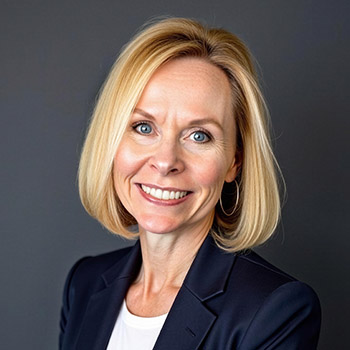PYA developed a collection of infographics highlighting strategies academic medical centers (AMCs) use to address provider shortages. The introductory infographic provides background data on the shortage and why AMCs are well-positioned to help. Subsequent infographics focus on specific strategies and examples of innovation from AMCs across the country.
The Association of American Medical Colleges projects a shortage of nearly 38,000 to 124,000 physicians by 2034. Given the growing and aging U.S. population, medical executives in both rural and urban areas around the country are driven to employ strategies to curb these shortages and still meet increasing patient demands.
PYA thought leaders have performed extensive research and collaborated with AMCs across the country to learn about new strategies used to address the growing provider shortages. They have compiled and studied these findings to create a set of infographics and related Insights highlighting AMCs’ innovations created in response to growing provider demand.
These infographics highlight strategies academic medical centers (AMCs) are using to address provider shortages.

This infographic provides background data on the present and future healthcare workforce, explanations for the rise of provider shortages, and reasons why AMCs are best suited and uniquely equipped to address the alarming trend of physicians and other advanced clinicians rapidly exiting the healthcare workforce.

The number of advanced practice providers (APPs), including nurse practitioners, physician assistants, and others, has increased nationwide in recent years, resulting in more hospitals and health systems utilizing their services. This trend was exemplified during the COVID-19 pandemic, as demand for primary care skyrocketed.
Staffing more APPs allows academic medical centers (AMCs) to ease their physicians’ workloads, increase access to healthcare services in their surrounding communities, and enhance their traditional provider networks. PYA’s infographic, “Academic Medical Centers’ Role in Addressing Provider Shortages—Strategy #1: Staff Advanced Practice Providers,” highlights statistics on the APP workforce and different ways AMCs can deploy APPs across their systems.
Strategy #2: Partnering with Community Health Worker Programs
Access to high-quality medical care has been a growing concern in recent years, especially as the supply of healthcare providers decreases, and the United States’ population continues to age. In an effort to alleviate this concern and conserve resources, academic medical centers (AMCs) have begun to seek alternative public health solutions, including partnerships with community health worker (CHW) programs.
CHW programs allow AMCs to promote public health initiatives and fill various care gaps in their respective communities. PYA’s latest infographic describes CHWs and identifies their roles in the care continuum. It also highlights the growing support of CHW programs nationwide.
If you would like additional guidance related to AMCs, or assistance with any matter related to compliance, valuation, strategic planning, or transaction solutions, one of our executive contacts would be happy to assist. You can email them below, or call (865) 673-0844.






